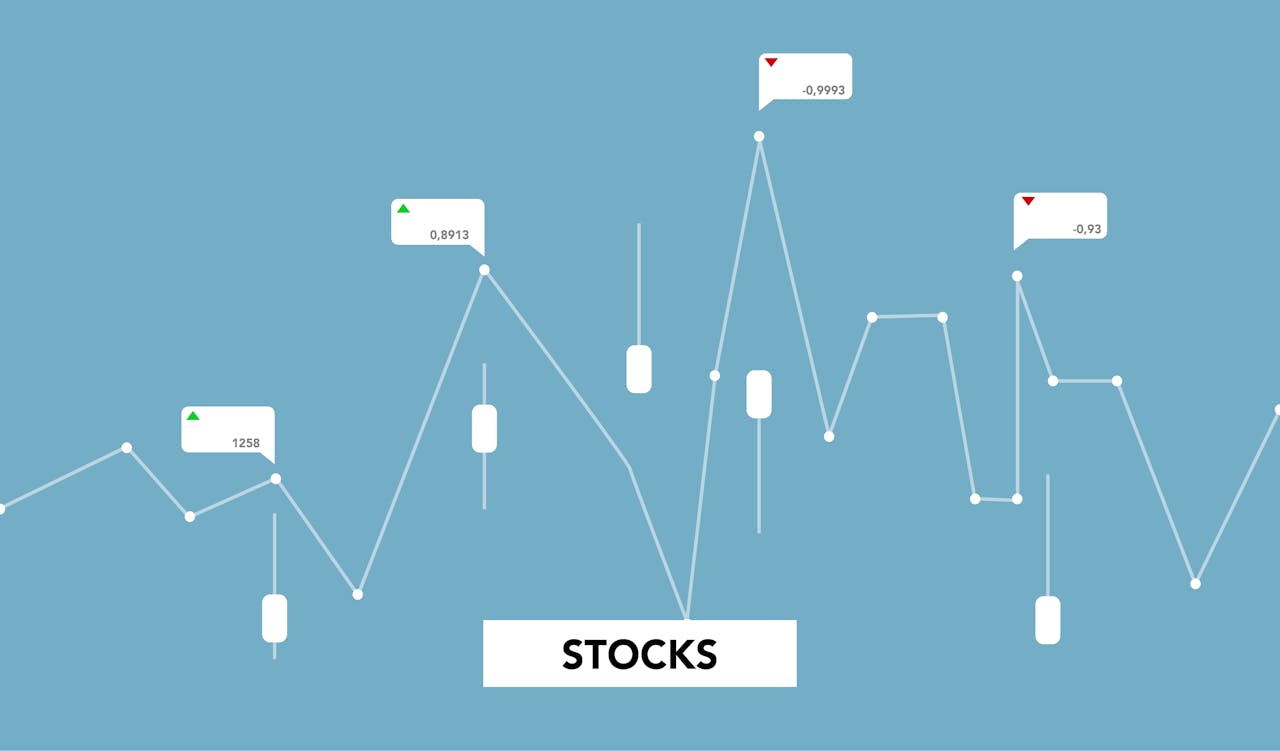Understanding the history of stock market crashes is crucial for both investors and financial enthusiasts. Stock market crashes have occurred throughout history, causing widespread economic turmoil and impacting millions. This essay explores notable crashes, their causes, and the lessons learned from each event.
Early Crashes: The Origins of Market Volatility
The first recorded stock market crash occurred in 1637 during the Tulip Mania in the Netherlands. This speculative bubble inflated prices of tulip bulbs to absurd levels before a dramatic collapse. Investors lost significant wealth overnight, illustrating how speculation can drive markets to unsustainable highs.
Another notable early crash took place in 1720, known as the South Sea Bubble. Investors poured money into the South Sea Company, which promised enormous profits from trade in South America. Eventually, the company’s stock plummeted, leading to massive financial losses and widespread bankruptcy.
The Great Depression: A Defining Moment
The most infamous stock market crash in history occurred in 1929, leading to the Great Depression. On October 24, known as Black Thursday, stock prices plummeted. Panic selling ensued, culminating in a crash that wiped out millions in wealth.
Subsequent days only deepened the crisis. By late November, the market had lost nearly 25% of its value. Economic conditions worsened, leading to bank failures and massive unemployment. The Great Depression fundamentally changed financial regulations, leading to the establishment of the Securities and Exchange Commission (SEC) to monitor and regulate the stock market.
The Dot-Com Bubble: Tech Excess
Fast forward to the late 1990s, when the dot-com bubble inflated rapidly. Tech companies experienced skyrocketing stock prices, driven by speculation and the promise of internet-related innovations. Investors eagerly purchased shares, often based on hype rather than solid financial fundamentals.
In March 2000, the bubble burst. The NASDAQ composite index fell nearly 78% from its peak by 2002. Many tech companies went bankrupt, and countless investors faced substantial losses. This crash taught investors about the dangers of speculation and the importance of conducting thorough research before investing.
The 2008 Financial Crisis: A Global Fallout
The 2008 financial crisis represents one of the most significant market crashes in modern history. It was fueled by the collapse of the housing bubble, which led to widespread defaults on subprime mortgages. Financial institutions heavily invested in mortgage-backed securities faced severe losses.
On September 15, 2008, Lehman Brothers filed for bankruptcy, triggering panic in financial markets. The Dow Jones Industrial Average plummeted, and global markets followed suit. Unemployment soared, and the economy entered a deep recession. This crisis resulted in extensive regulatory reforms, including the Dodd-Frank Act, aimed at preventing future financial disasters.
The COVID-19 Market Crash: A New Era
In March 2020, the world faced a sudden market crash triggered by the COVID-19 pandemic. As countries implemented lockdowns to contain the virus, businesses closed, and economic activity ground to a halt. Investors reacted with panic, causing stock prices to tumble.
The S&P 500 experienced a decline of about 34% from its February peak to March’s low. However, the recovery was swift, aided by government stimulus measures and low-interest rates. This crash highlighted the market’s vulnerability to global events and the importance of swift policy responses.
Lessons Learned from Stock Market Crashes
Throughout history, stock market crashes have provided valuable lessons for investors. Firstly, diversification is essential. By spreading investments across various assets, investors can mitigate risk. When one sector suffers, others may perform better, balancing overall returns.
Moreover, understanding market fundamentals is crucial. Speculative bubbles often form when investors focus solely on hype rather than a company’s financial health. Conducting thorough research and focusing on long-term value can protect investors from making poor decisions.
Additionally, emotional decision-making can lead to significant losses. Fear and greed often drive market behavior. Investors must remain rational and avoid making impulsive choices during volatile periods.
Conclusion: The Importance of Historical Context
The history of stock market crashes serves as a reminder of the inherent risks in investing. From the Tulip Mania to the 2008 financial crisis, each event offers insights into market behavior and investor psychology. Understanding these lessons can help investors make informed decisions and navigate future market challenges.
By learning from the past, investors can better prepare for potential downturns and avoid repeating historical mistakes. Stock market crashes, while painful, ultimately contribute to a more robust and informed investment community. As you embark on your investment journey, remember that history often repeats itself, and knowledge is a powerful tool in mitigating risk.
Check out our Facebook or X accounts.
For more topics check here.



